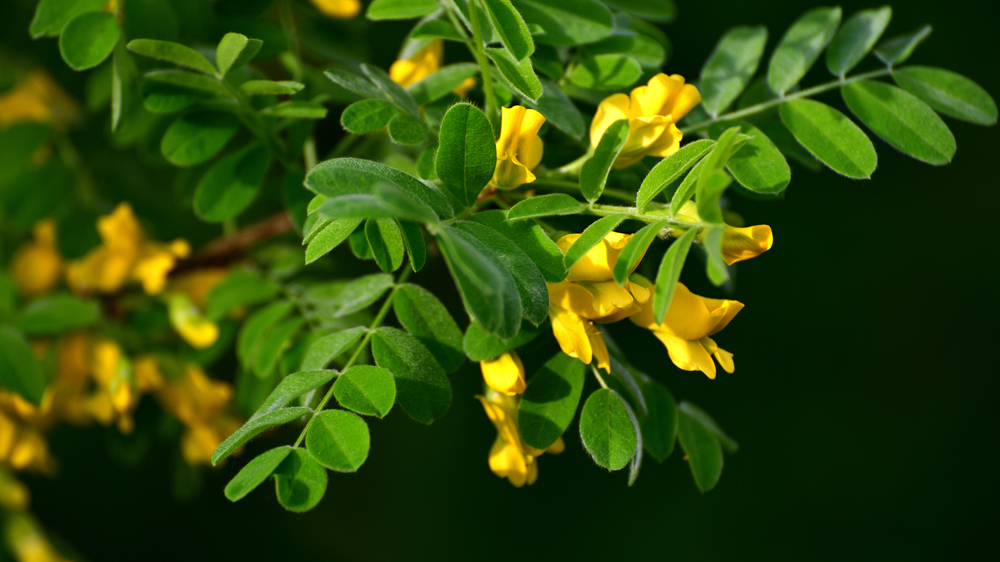Caragana sp.
Common names:
Caragana, Peashrub

General information:
The peashrubs are unusual as bonsai, but they have much to recommend them. They have tiny compound leaves like Acacia or Texas Ebony (Caragana also belongs to the Leguminosae) and grow into delicate and graceful trees. They have the added plus of being extremely resilient, capable of growing in poor soil and freezing, windy conditions, but equally capable of growing in higher temperatures. In fact, Caragana make good indoor bonsai!
Lighting:
Full sun. If indoors, place in a bright spot.
Temperature:
C. arborescens is extremely hardy. C. chamlagu needs a milder climate, and is semi-evergreen. Caragana can be used as indoor bonsai.
Watering:
Moderate during growth. Keep soil fairly dry in winter. If the leaves turn yellow and fall, the tree is probably being over-watered.
Feeding:
Every 2-3 weeks during growth, using liquid bonsai food or half- strength general purpose fertilizer.
Pruning and wiring:
Suitable for all sizes, and all styles except formal upright. Shorten new shoots as they develop. The tree can be radically pruned in winter - it buds back on old wood rapidly. As with all Leguminosae, beware of the thorns! Wire lignified shoots, but check wire after six weeks.
Propagation:
In spring, soak cold pre-treated seeds until they open before sowing. They are reputedly very easy to germinate. Softwood cuttings may be taken in summer.
Repotting:
Every two years in winter, or early spring before bud burst, using fast-draining soil. The trees will grow in very poor soil, and seem to be salt tolerant.
Pests and diseases:
Greenfly, red spider mites, mildew. Yellowing leaves indicate over-watering.
Some species suitable for bonsai:
Caragana arborescens: Chinese pea tree, Siberian pea tree - Native to the harsh climates of Siberia and Manchuria, this species grows in a narrow, upright habit to 20 ft. It has pale yellow flowers and fruit which resembles peas, hence the name. Zones 2-4.
